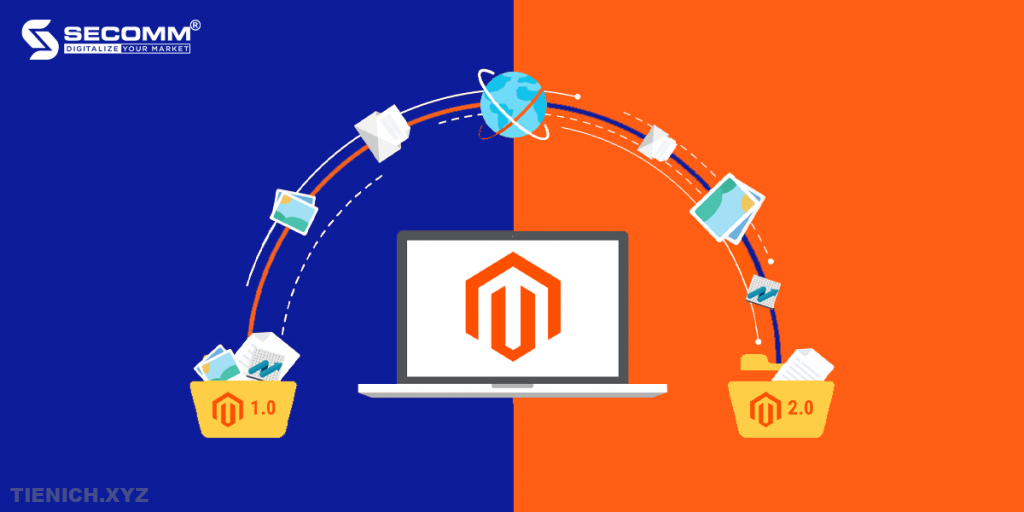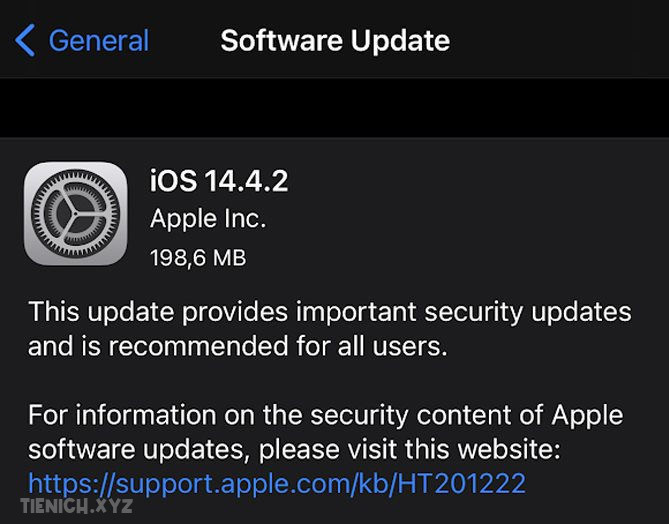NetSuite WMS- The Best Warehouse Management System Software for Business
The limitations of conventional warehouse management procedures are continuously put to the test in an era of increasing global internet commerce. Many firms are turning to Warehouse Management System Software for Business solutions to meet consumer expectations for quick, accurate, on-time deliveries without sacrificing quality or raising prices (WMS).
What Is a Warehouse Management System Software for Business (WMS) ?
A WMS is a piece of software that manages everyday warehouse operations by automating procedures and coordinating the many moving pieces of the warehouse, such as personnel, inventory, equipment, and orders.
To attain the accuracy and efficiency required to deliver items to clients on schedule without experiencing an unaffordable increase in prices, businesses are turning more and more to WMS. Warehouse Management System Software for Business may be offered as stand-alone cloud-based or on-premises products, or as a component of an enterprise resource planning (ERP) suite of business software.
Why NetSuite WMS is the Best Warehouse Management System Software for Business?
Overview NetSuite WMS
In order to reduce handling expenses, NetSuite WMS, a hybrid deployment solution, assists enterprises in streamlining processes. Inventory management, shipment management, and returns management are all capabilities of its multi-location management facility from a single platform.
It is integrated with the native NetSuite ecosystem and optimizes particular workflows to drive effective procedures, do away with paper-pushing, and make use of the warehouse’s stock, space, and resources.
Outstanding Features

- Multi-Location Warehouse Management: Using automation and multi-warehouse capabilities, streamline end-to-end warehouse processes like picking, packing, shipping, receiving, and placement.
- 3PL Management: Using specialized client portals, manage numerous warehouses and clients to benchmark operations and enable direct communication. To implement data privacy, configure permission-based roles and data access.
- Inventory Management: Real-time stock-level notifications, lot control, and inventory modifications provide total inventory visibility and control. Keep tabs on the quantity, location, status, and history of each item while ignoring stock fluctuations in various locations.
- Manage orders: Automate and prioritize order processing and fulfillment. Utilizing outbound processing and full-cycle visibility, you can monitor activities in real time.
- Purchasing: Manage reorders, supplier bills, and purchase requests while keeping an eye on your suppliers and goods.
- Quality Control: To maintain quality standards, implement quality control measures, restrict expiration dates, and mark material as acceptable or refused.
- Management of Receiving and Put-Away: Improve the flow of the warehouse and establish procedures to streamline the transfer of received items from the shipping ports to the storage area.
- Returns Administration: Manage the processes involved in reverse logistics for return orders, carry out quality inspections, divide the status of returns, and spot resellable items.
- Shipping Administration: For effective shipment management, make use of third-party integrations with carriers and last-mile delivery partners.
The benefits of NetSuite WMS
Main Dashboard: With a visual, drag-and-drop widget-based central dashboard, receive a bird’s eye view of all warehouse activities and key performance indicators across locations and channels.
Scalability: The system can handle several locations and multiple clients, making it expandable to meet the needs of all business sizes.
In-the-moment synchronization: To make well-informed decisions, get real-time insights on inventory stock levels, inbound and outgoing processes, and more.
Integrations: Operations are fluid and simple to manage thanks to native connection with NetSuite products and accessibility to third-party connectors.
Mobile Usability: With native NetSuite WMS apps, you can virtually manage and monitor warehouse operations.
What are the challenges NetSuite WMS Solves?
- Insufficient Item Visibility in the Warehouse. View the numbers and status of things in the warehouse as they come in, move about, and leave in real-time, by bin location.
- Errors in data entry. Using a mobile device, take orders and enter item details as you receive them.
- Uselessness in Warehouse Space. Store quickly moving things close to fulfillment locations and arrange like items together to organize the warehouse layout.
- Around Order Picking Redundancy. To group similar orders, use wave release and multi-order picking. Pick up items for several orders in one trip to the warehouse.
- Order picking errors. Use workflows for mobile devices that are effectively built to guide users through a step-by-step procedure for picking each order.
The Pros and Cons
Pros:
- Enhances Effectiveness: All users who emphasized process efficiency pointed out that the system’s automation features increase overall process efficiency.
- Functionality: About 75% of customers who spoke about the system’s general operation claimed it has a wide range of adaptable tools for handling daily tasks.
- Reporting: About 67% of reviewers who brought up the reporting feature said that it is straightforward to use and that the customisable reports give a lot of insight into the warehouse operations.
Cons:
- Learning Spiral: It was challenging to master without being tech-savvy, according to all users who highlighted a learning curve associated with understanding the product.
- Cost: The solution is very pricey based on the user’s needs, according to every user that brought it up.
- Simple to Use: When asked about the system’s usability, nearly 68% of users said it isn’t very intuitive.
How Can a Warehouse Management System Software for Business Be Used?
Key warehouse operations, such as: can be managed using warehouse management system software for business.

Organization in the warehouse:
A WMS can create a warehouse diagram based on the size of the warehouse and inventory data (such as pallet size, object size, and product use), which will assist a firm maximize inventory storage by making the greatest use of available space.
Improving the everyday schedule:
A WMS may create daily plans that schedule the appropriate quantity of personnel and calculate labor expenses while taking into consideration current orders and the staff that is available. A WMS can link to transportation companies to plan the timing and location of shipment and receiving. This guarantees that employees will be prepared for truck drivers when they arrive at the proper dock at the appropriate time.
Controlling inventory:
A WMS can collect data from machines and portable devices to track the flow of inventory around the warehouse. Items can be scanned as they are received, as well as when they are picked, packed, and delivered again. The WMS makes real-time inventory level adjustments to reduce waste and prevent stockouts.
Order fulfillment:
A WMS can help with quick and precise order fulfillment. The picking team can use a highly precise packing list, frequently on a mobile device they carry with them, to fill each day’s orders. This list specifies exactly what they need and where it is.
Reporting and tracking:
A WMS may monitor warehouse operations to find issues and codify standard operating procedures to ensure personnel always follow them. The business may then use the data gathered by the WMS to assess warehouse performance, identify areas for development, set objectives, and monitor advancement over time.
Conclusion
Operations for warehouse and fulfillment can be more productive thanks to NetSuite. It helps users carry out warehouse tasks like receiving, storing, and delivering merchandise. A more complete ERP, financial, CRM, and human capital management solution is NetSuite, which also has a warehouse management system software for business. Customers can control their main business operations, such as order fulfillment, supply chain management, and eCommerce, within the system.
The Netsuite WMS is also useful for managing distribution routes that employ RFID technology. Your company can use it to tailor warehouse operations and take advantage of features like carton packaging, real-time inventory updates, and direct shipping system connectivity.





